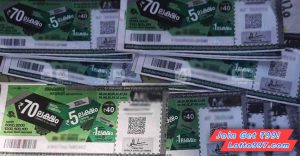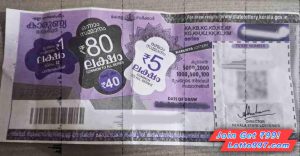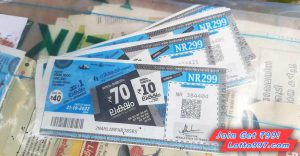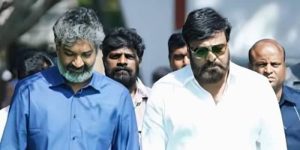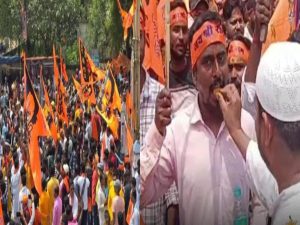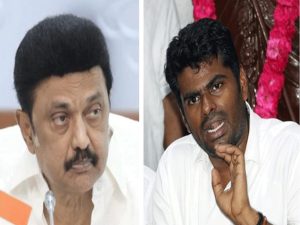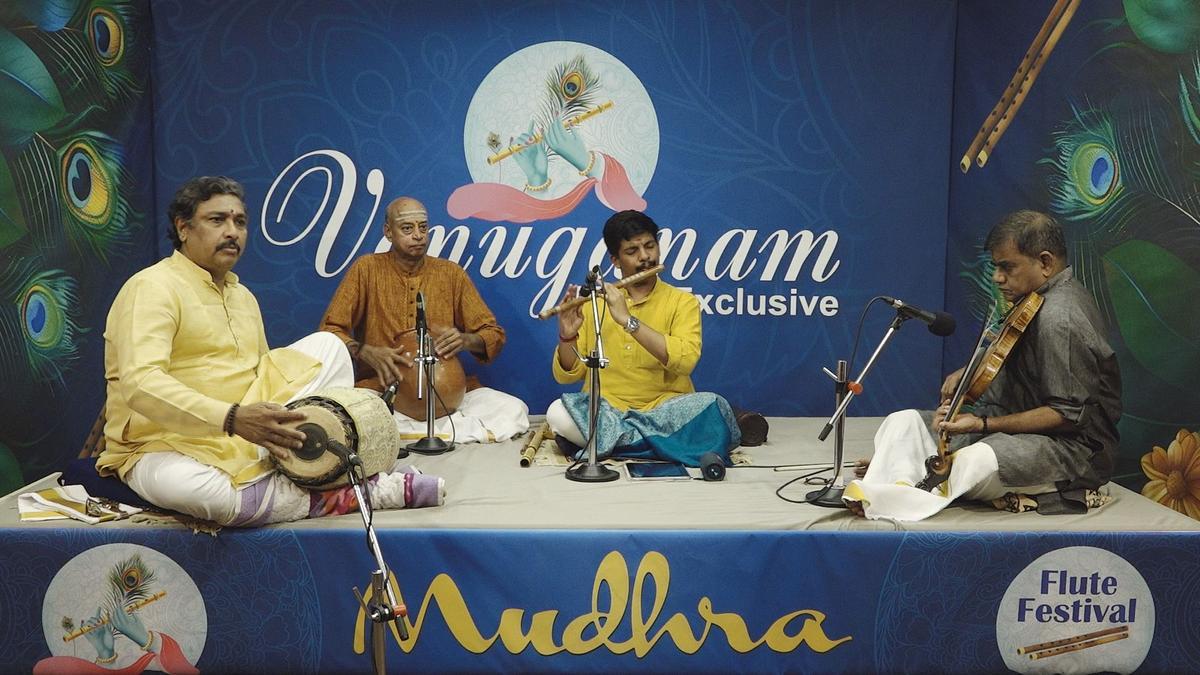
Hariprasad Subramanian’s concert was an event characterized by effervescence, capturing the audience’s imagination and spirit from the very start. Performing at the Venuganam festival, organized by Mudhra over six evenings last month, the young flautist’s two-hour performance remained unwavering in energy and dynamism.
The evening commenced with Hariprasad presenting a brief sketch of the raga Surutti. This introduction, steeped in the raga’s sober nature, set a contemplative tone. However, it wasn’t long before Hariprasad transitioned into a varnam, bringing out the more vibrant and ebullient character of Surutti, particularly with Thiruvottriyur Thyagayyar’s ‘Ento premato’ in Adi tala. The varnam, marked by its dynamic swara sequences, especially towards the climax of the composition’s speedy second half, infused the concert with infectious energy.
Hariprasad’s choice of Nattai as his second piece only served to amplify this momentum. The inherent sprightliness of this asymmetric raga, particularly through the composition ‘Jaya jaya’ by Purandaradasa, resounded throughout the venue. The accompanying five-beat khanda chapu tala bolstered the piece’s rhythm, adding a layer of vibrancy and complexity that kept the audience thoroughly engaged.
The technical finesse that Hariprasad displayed over his instrument was evident early on. His control over the woodwind was masterful, avoiding any shrillness in the higher registers and maintaining precise rhythm. This mastery not only inspired confidence in his more senior accompanists but also visibly eased their contribution. Violinist M.R. Gopinath, for example, lit up with a smile, reflecting this seamless collaborative spirit. Percussionists Sherthalai Ananthakrishnan on the mridangam and Madipakkam Murali on the ghatam were also visibly cheerful, their performances reflecting the youthful flautist’s infectious energy.
Hailing from a family of musicians near Guruvayur, Hariprasad is the son of the renowned nagaswaram vidwan O.K. Subramanian.
. This rich lineage of musical talent was apparent throughout his performance, infusing a depth and heritage into his presentation.
Natakapriya, the first parent scale utilized that evening, served as a vast canvas showcasing the concert’s opening expressions. The seven-minute alapana brought the kaleidoscopic nature of the raga to the forefront, setting the foundation for the rest of the performance. Gopinath’s responses during this segment beautifully illustrated his artistic prowess, balancing the flautist with his own neat and intricate strokes.
‘Karuna jesi’ by Mysore Vasudevacharya followed in a presentation that included touches hinting at an impending swaraprastara set to Rupakam tala. Despite a brief moment that veered towards the jarring, this segment ultimately stood as a shining example of individual creativity intertwined with harmonious teamwork.
Next came Thanjavur Sankara Iyer’s ‘Natajana palini’ in Nalinakanti, a piece that acted as a bridge leading to the concert’s centerpiece. Hariprasad’s rendition was a masterclass in technique and emotional depth, reinforcing the evening’s ebullient character while maintaining a refined musical sensibility.
The central highlight was undoubtedly the Purvikalyani alapana. Hariprasad’s finesse in this raga shone brightly, assuring tonal quality and emotional depth. Although the alapana’s conclusion felt somewhat abrupt, it was offset by Gopinath’s seasoned, albeit slightly untidy, solo reply. Together, they delved into ‘Padmavati tamanan’ by Oothukadu Venkata Subbaiyer, a kriti that breathed mellowness with each note. The stanza branches further explored through niraval showcased a collaborative spirit brimming with cooperative improvisations.
The performance progressed to the swaraprastara stage, revealing how the uneven Misra chapu tala could lend a special charm to the musical rallies. This stage featured increasing prominence of the mridangam and ghatam, climaxing with an 18-minute tani avartanam that adhered magnificently to aesthetic principles set by the main composition.
As the concert drew to a close, the final segment comprised three pieces: Sadasiva Brahmendral’s ‘Manasa sancharare’ in Sama, ‘Bhavayami gopala balam’ in Yamuna Kalyani by Annamacharya, and a thillana in Maund composed by Lalgudi Jayaraman. Although they surfaced as tukkadas—shorter, lighter pieces—they maintained an unhurried pace, radiating vivacity and wrapping up the evening on a high note.
Overall, the concert was a spirited display of youthful talent, masterful technique, and cooperative ensemble playing, marking Hariprasad Subramanian as a notable and lively force in the world of Carnatic music.



